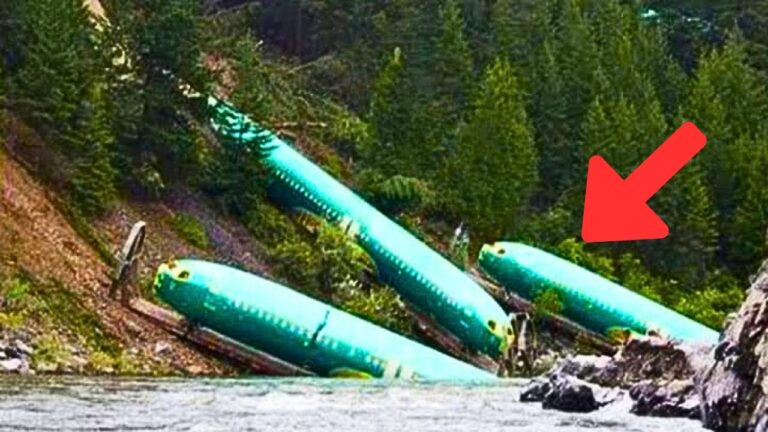In a breathtaking revelation that has captured the attention of archaeologists, historians, and adventurers alike, a ship has been discovered deep within the Sahara Desert. This unexpected finding raises fascinating questions about the past and the shifting landscapes of our planet. Let’s dive into the details of this remarkable discovery and what it means for our understanding of history.
The Discovery
The ship was unearthed during a routine archaeological survey near the ancient city of Timbuktu, an area known for its rich history as a center of trade and culture. Researchers were initially looking for remnants of past civilizations when they stumbled upon the wooden hull, partially buried in the sand.
Dating techniques suggest that the ship dates back to the medieval period, a time when trade routes flourished across North Africa. But how did it end up in one of the most arid regions of the world?
Historical Context
To comprehend the significance of this discovery, we need to explore the historical context. The Sahara was not always the desolate expanse we know today. Thousands of years ago, it was a lush landscape filled with lakes and rivers, a far cry from the barren desert we see now.
During the medieval period, the Sahara was a critical corridor for trade, connecting sub-Saharan Africa with North Africa and beyond. Goods such as gold, salt, and textiles were transported across the sands, and ports along ancient rivers were bustling with activity. The presence of a ship in this area suggests that maritime trade routes may have been more interconnected with terrestrial routes than previously thought.
The Ship’s Characteristics
Preliminary examinations of the ship reveal several intriguing features:
- Construction Techniques: The ship showcases a blend of traditional boat-building techniques, with influences that suggest connections to both Mediterranean and West African maritime practices. This fusion may indicate extensive cultural exchanges.
- Artifacts Onboard: Researchers discovered various artifacts within the ship, including pottery shards, metal tools, and remnants of cargo that hint at its last voyage. Each item serves as a breadcrumb leading us back to the ship’s origins and purpose.
- Preservation: The dry desert climate has surprisingly preserved much of the ship’s structure, making it possible to study the wood and materials used in its construction. This preservation offers an invaluable window into ancient shipbuilding methods.
Theories About the Ship’s Journey
There are several theories regarding how this ship ended up in the Sahara:
- Desertification: One prevailing theory is that as the Sahara underwent desertification over centuries, the ship became stranded. Rivers that once flowed through the region gradually dried up, leaving the vessel isolated and buried beneath the sands.
- Maritime Trade: Another possibility is that the ship was part of a larger maritime trade network, navigating rivers that once thrived. It may have been used to transport goods inland before eventually becoming landlocked as the landscape transformed.
- Cultural Exchange: The discovery might also point to broader cultural exchanges between various civilizations. The ship could represent a unique blend of influences, showcasing how different societies interacted and shared their knowledge.
Implications for Future Research
The find has sparked renewed interest in the Sahara’s history and its role as a crossroads of cultures. It poses intriguing questions for researchers:
- How did trade networks operate in this region?
- What other maritime artifacts could lie buried beneath the sands?
- How did ancient civilizations adapt to the changing environment?
Conclusion
The discovery of a ship in the Sahara Desert is not just a captivating archaeological find; it’s a portal to understanding the complexities of human history. As researchers continue to study the ship and its artifacts, we can only anticipate the new insights that will emerge about trade, migration, and the profound transformations of our planet over millennia.
This extraordinary revelation invites us all to reconsider our perceptions of history and geography—reminding us that the past is often buried beneath the surface, waiting to be unearthed. Stay tuned as this story unfolds, and let’s journey together into the mysteries of our world’s ancient civilizations!






